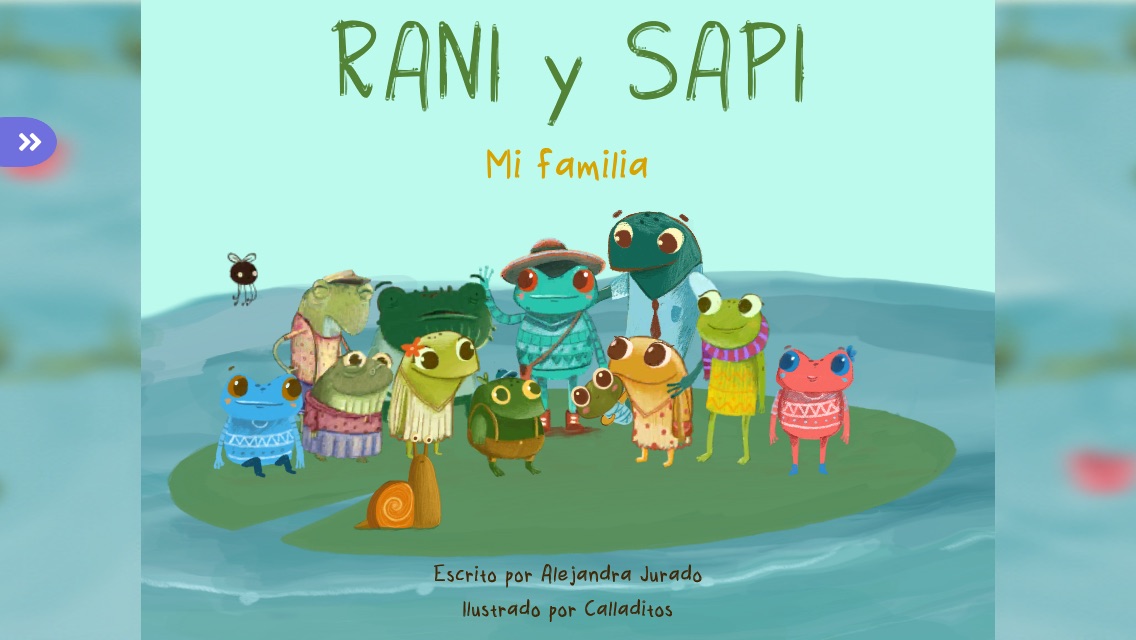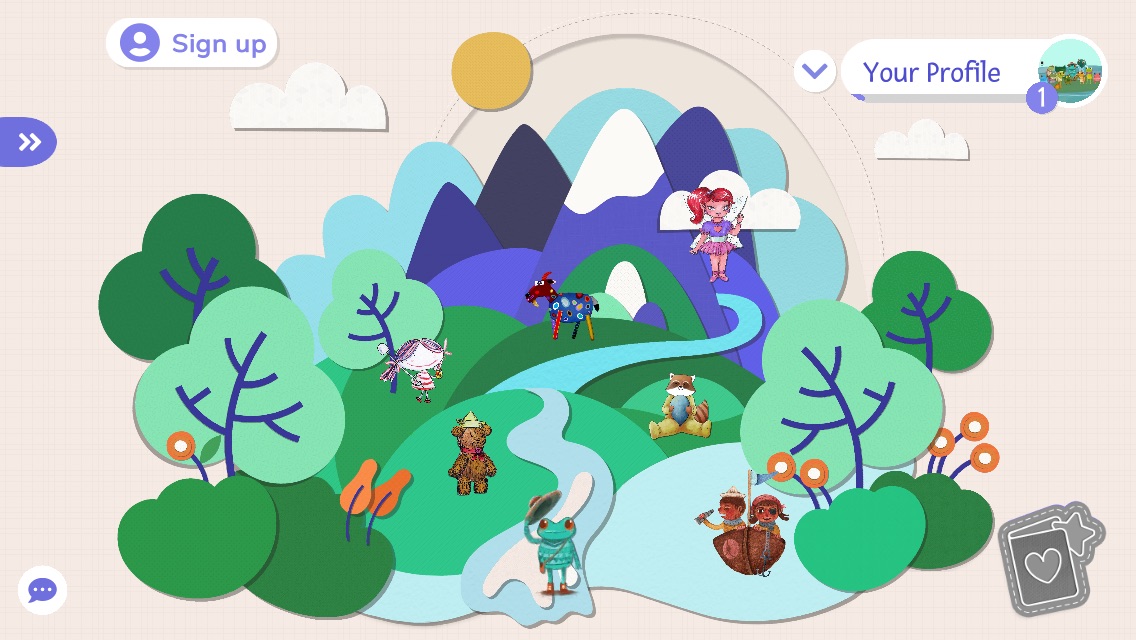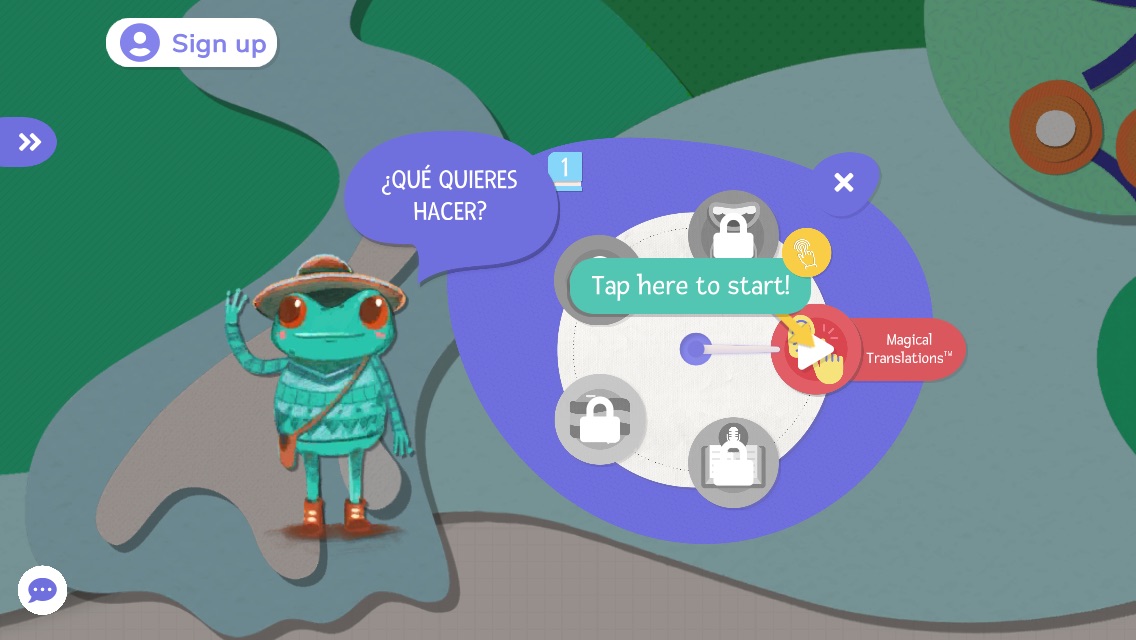From ignored to 5-stars
The first time we took Fabulingua into a potential customer’s home for testing, the mom was relatively enthusiastic, but the kid was much more interested in pretty much every other app on their phone.
We had work to do.
As a consultant working with the non-technical founders of Fabulingua, it was my job to take an early prototype of the Spanish-language-learning app and turn it into something worth paying for. We needed a plan, and we needed to execute on that plan.

Research and Problem Statement
Right off the bat, we started testing with real potential customers as often as possible. We had to see what worked and what didn’t. From our in-home visits, we quickly learned a few key insights:
- Ease of use was critical for parents.
- If it wasn’t fun for kids, it didn’t stand a chance.
- Parents were hungry for Spanish-language content and apps.
- The app as it stood was very educational, but neither easy nor fun.
So we set about adding some magic to the app. And it started right at the homescreen.
Main Design Problem
In the old version of the app, you entered into a 3-D rendered library, and to select a story to read, you pulled a book off the shelf. The new homescreen is like entering Disneyland: all your favorite characters are there waiting for you. They’re not in books anymore - you can walk right up to them and say hello.
Through in-person testing, kids found this much more inviting. And moreover, because the characters on the homescreen now spoke out loud, kids were hearing Spanish much sooner upon entering the app. Even if they never entered a story and just hung out on the homescreen, they were having fun and learning sentences.


Technical Leadership
Our research was telling us a lot about the product. We had lots of features to implement and ways to improve. More than I could implement by myself, and more than we could test in-person at customers’ houses.
This was good news. We needed to scale.
At Fabulingua, I helped hire key engineers and designed and implemented the analytics system that allowed us to collect and analyze data on how parents and kids played with the app remotely.
Moving to data-driven development was a huge step for the team. We needed to see which features worked and which didn’t. Which stories were a hit, and which pages were just duds. With our new analytics system, we could see how families were progressing through the funnel and plan our next sprints accordingly.
Results
Today, Fabulingua is not just testing in houses and on TestFlight, but is fully deployed on the AppStore and enjoying a lovely 5-star rating. Beyond the analytics of pages read and which stories are most popular, what metric could be more important than that?

